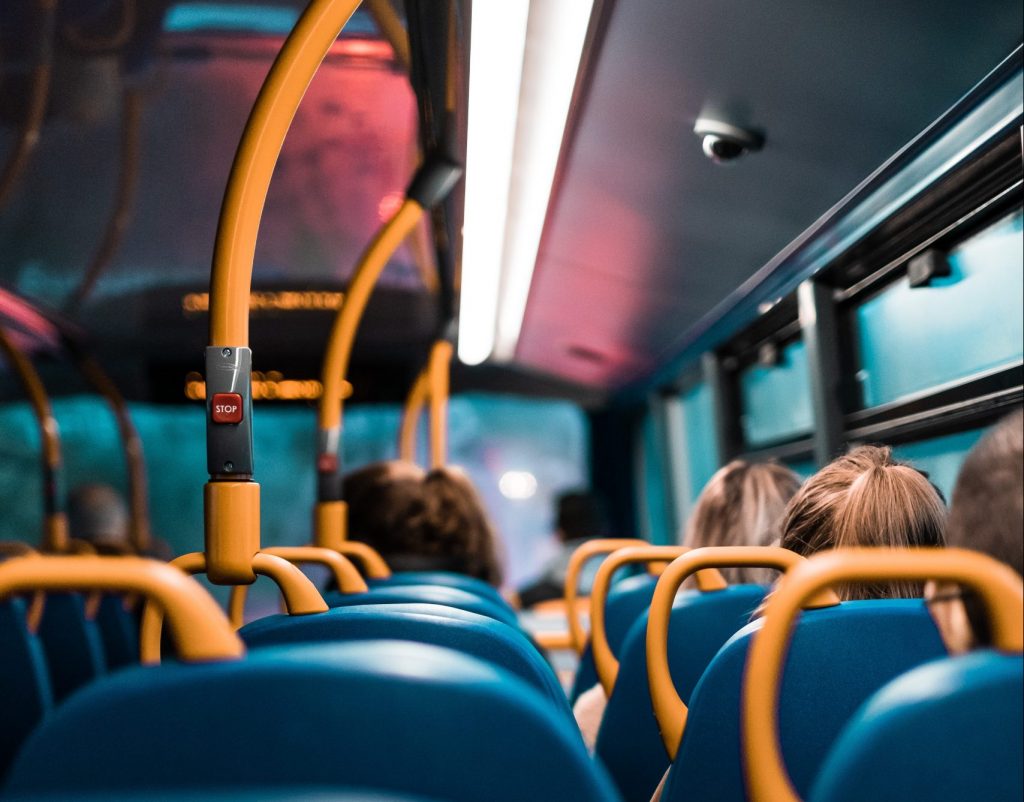Attracting more women to work in the transport sector will help improve services and provision for all, writes Christine Boston.
During the week of International Women’s Day, it’s important to celebrate the achievements of women across all sectors. But it’s also an important opportunity to review progress and explore what needs to be done to move us towards a more equitable world.
When it comes to transport design, all the evidence shows that gender equality matters. Yet we are a long way from achieving gender parity in the sector.
That’s why today we are bringing together colleagues from across the transport sector in Wales; to both celebrate the contribution of women, while considering how we can inspire others to pursue a career in this fast-evolving industry.
Our lunchtime event today at the Pierhead Building in Cardiff will see partners – including Women in Transport, Transport For Wales, Women in Rail and Traveline Cymru – join Minister for Economy and Transport Ken Skates AM to discuss how we can attract more women to work in the transport industry. Our message today is that gender equality in the industry leads to better transport outcomes for all.
Getting from A to B is a universal human need. Whether we drive, take the train or use the bus network, the speed and efficiency of our transport network affects all of us daily and has a significant impact on our quality of life.
Transportation planning and design are commonly considered gender-neutral, in the sense that they equally benefit men and women. This view, of course, assumes that there are no significant differences between the travel needs and patterns of either gender. The reality is very different.
How women experience mobility is very different from men, deriving from deeply-rooted differences in gender roles and influenced by a wide range of economic and social factors.
For example, while men use transport systems primarily to travel to work and back, women are much more likely to combine domestic and caregiving tasks with trips related to their employment. This phenomenon is called “trip-chaining”, where trips are short, multi-modal and frequent. Trip-chaining is a consequence of juggling conflicting demands; unsurprising when you consider that unpaid care work undertaken by women contributes £10 trillion to annual global GDP. Women, therefore, have less time at their disposal and are more likely to avoid employment opportunities due to poor transport design.
The economic case for improving transport systems is clear. For women to work, the infrastructure has to be in place to make it easy for them to do so. One way to do this is to design transport systems that enable women to do their unpaid work and still get to the office on time. Yet the way we plan and invest in transport doesn’t account for both genders equally.
Against a backdrop of austerity, successive UK Governments have invested heavily in road building. Meanwhile, in 2014, 50 per cent of the UK’s local authorities had cut funding for bus services in the last year, by around £9m, and around 500 routes had been cut or altered, of which 222 were withdrawn altogether. With women less likely to have access to a car, and buses better suited to the trip-chaining journeys more frequently undertaken by women, this creates an obvious imbalance.
All of the available research highlights a systemic bias towards typically male modes of travel. For example, the UN Commission on the Status of Women found ‘a male bias’ in transport planning and an EU-wide failure to address gender ‘in system configuration’.
Perhaps it’s little wonder that such differences aren’t taken into account when women only account for 20% of the global workforce in the sector. So our challenge as a sector is two-fold; to increase female representation to improve the way we approach and deliver transport solutions.
Syniadau uchelgeisiol, awdurdodol a mentrus.
Ymunwch â ni i gyfrannu at wneud Cymru gwell.
The community transport sector in which I am proud to work focuses on the provision of accessible and inclusive transport which fills the gaps in the wider market. By stark contrast to the rest of the sector, community transport in Wales has a very high representation of women across all roles. Chief Executives, Transport Managers, Mechanics and Drivers are much more likely to be female, and 60% of leaders in the sector are female.
It’s perhaps no coincidence that the part of the sector focused on the provision of inclusive transport is predominantly led by women. It certainly bears out the evidence that suggests having women lead on transport design creates services that provide for a broader range of needs.
We see this in action every day through our Connecting Communities in Wales project, which brings together partners with interest in filling the gaps in transport provision to provide a better connected, demand-responsive transport network.
Our members provide everything from local minibus services to car clubs, all of which are based on the very real needs of the communities they serve. By making it easier for those facing barriers to transport – and those with caring responsibilities -to get where they need to, when they need to, these schemes make a huge difference to the people using them.
One has to conclude that increasing the representation of women across the transport industry would lead to more accessible services for all. So how do we achieve that? I believe we start by championing the achievements of women across the sector to promote visible role models.
While it’s important to celebrate the many achievements of women in the industry, the conversation about how we increase female representation across the board needs to continue if we are to provide truly inclusive transport services that work for everybody.
Photo by Thomas de LUZE on Unsplash
All articles published on Click on Wales are subject to IWA’s disclaimer.






Comments are closed.